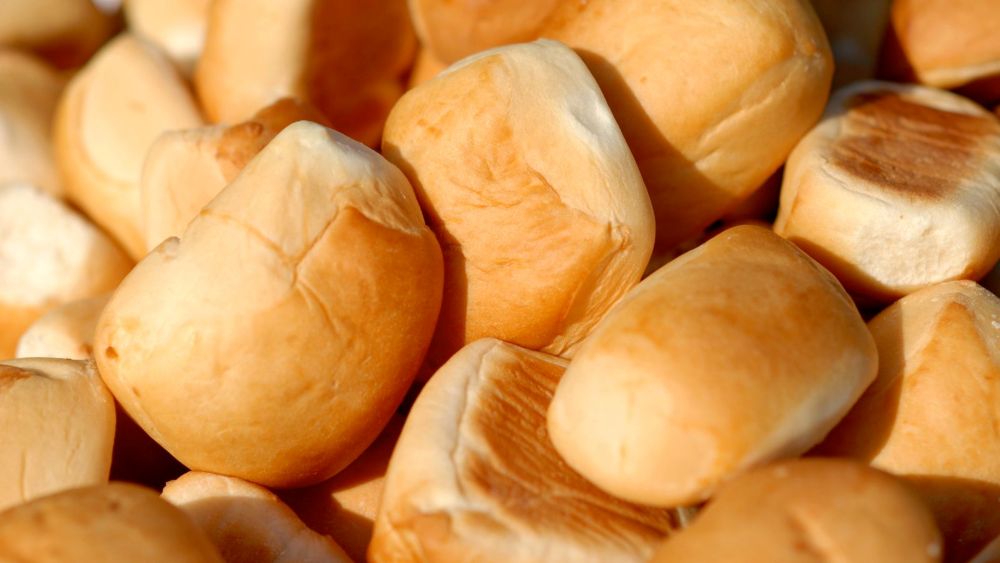Reducing food waste in the events and hospitality industry may seem daunting, but it is achievable. By taking proactive steps, you can plan menus for events of any size, whether for 100 or 10,000 attendees, that significantly reduce waste while setting a positive example for the rest of the industry.
Food waste is a pressing social, economic and environmental issue that affects us all. As an event planner, you’re uniquely positioned to influence how menus are designed, which in turn helps reduce food waste.
In a recent Meetings Today webinar, “Food Waste: How You Can Help Lessen One of Our Industry’s Most Vexing Issues,” MeetGreen’s Nancy Zavada, our company founder, led the discussion, and with her vast experience and insight, she provides practical strategies for reducing food waste in event planning.
Free On-Demand Webinar: Food Waste: How You Can Help Lessen One of Our Industry’s Most Vexing Issues
Watch Now
Following are some of the top tips Nancy shared to help all of us in the business events world lessen one of the biggest aggravations in our wonderful industry.
Defining the Problem
- Food waste includes any food that remains uneaten after an event, such as:
- Food donations
- Composted food
- Food that ends up in landfills
As event planners, we often feel pressure to avoid running out of food, leading to over-ordering and food waste. Understanding that “Waste is both a noun and a verb“ is crucial here:
- Noun: Waste refers to the unwanted or unusable by-products of something.
- Verb: To waste means to use or expend resources carelessly or without purpose. Over-ordering for the “just in case” scenario often results in careless, excessive waste.
Greenhouse Gases and Global Impact
Did you know that food waste in landfills creates methane, a potent greenhouse gas? By diverting food waste from landfills, we can significantly reduce our contribution to global greenhouse gas emissions.
Nancy referenced a TED Talk by Dana Gunders from ReFED, “How to Turn Tables on Food Waste,” highlighting that 1 billion meals are wasted globally each year. Dana suggests three key solutions to combat this issue:
- Prevention
- Donation
- Feeding food to animals or composting
Implementing these strategies can go a long way in reducing food waste at events.
Free Upcoming Nancy Zavada Sustainability Webinar: Timeline of a Sustainable Event
What Are the Obstacles?
In hospitality, food plays a central role. Some of the common concerns Nancy raised include:
- Good hospitality has traditionally been defined as an overabundance of available food.
- Host organizations and event planners fear running out of food.
- Caterers worry about service levels and their reputation.
These challenges can be addressed by shifting how we approach our event goals and planning processes.
[Related: A Back-of-House Sustainability Site Inspection Checklist]
What Are Some Solutions?
Meal Plans:
 One way to prevent food waste is by modifying how you order food for your event. For example, opting for buffet-style meals allows attendees to choose what they want to eat, which reduces waste. You can also:
One way to prevent food waste is by modifying how you order food for your event. For example, opting for buffet-style meals allows attendees to choose what they want to eat, which reduces waste. You can also:
- Limit the number of options
- Plan dishes based on regional cuisine
- Plan menus to serve the highest number of attendees’ preferences
Additionally, leftover food from buffets can often be donated to local nonprofits. Familiarizing yourself with the Bill Emerson Good Samaritan Food Donation Act, which allows for legal event food donation, can help, and you can also educate your vendors on how to support your goals.
Creative Meals:
Work with chefs to incorporate creative strategies for minimizing waste. Examples include:
- Using imperfect produce in soups, sauces and smoothies
- Use leftovers to make other menu items (such as dinner rolls into crostini)
- Serving desserts during afternoon breaks instead of with lunch
Reducing or Eliminating Waste-Prone Foods
Pacific Coast Food Waste Commitment’s "Best Practices for Hospitality Teams to Reduce Food Waste at Events (Fall 2023)" research identified several common food items that often go to waste at events.

One striking example is bread: In an event with 230 participants, 54% of the bread was wasted. By eliminating bread service for a year, they could have saved 17,000 dinner rolls from going to landfills.
Reevaluating such menu items can greatly reduce waste.







